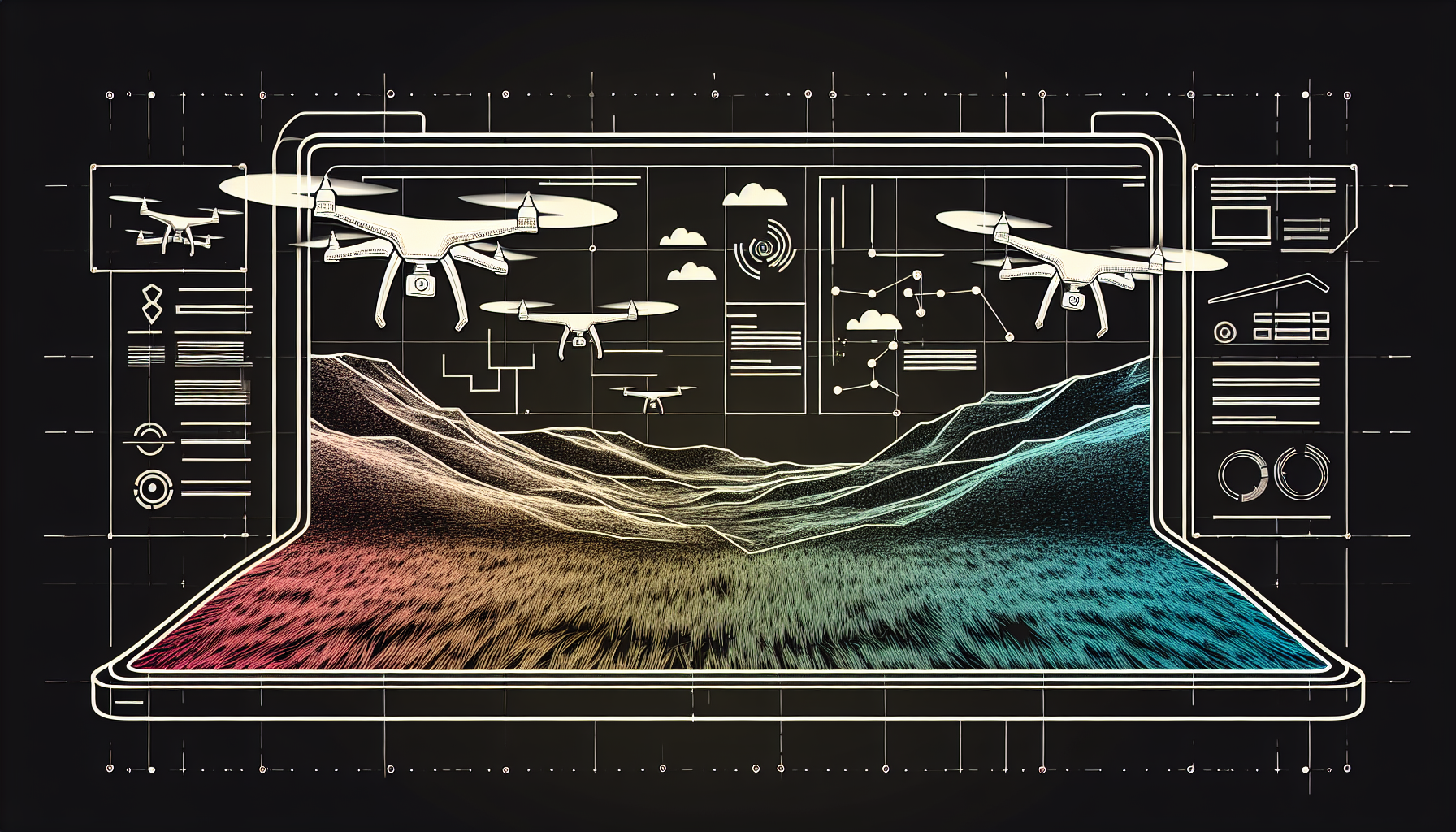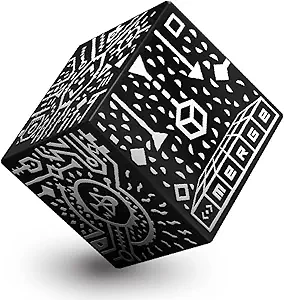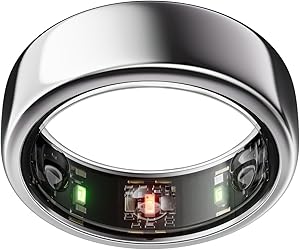Innovations in Augmented Reality for Search and Rescue
Search and rescue missions are high-stakes scenarios where every second counts. These operations require perfect coordination, crisp communication, and reliable situational awareness. In the chaos of rescue efforts, the ability to understand the surrounding environment can mean life or death. Enter Augmented Reality (AR), a tech marvel that’s changing the game for UAV (Unmanned Aerial Vehicle) missions in ways we never thought possible.
VizCom-AR: A New Frontier
So, what is VizCom-AR? Imagine a system that combines real-time visuals with vital information, all tailored to enhance communication during those critical moments on the ground. Developed through collaboration among a team of tech-savvy minds, VizCom-AR aims to tackle the severe challenges faced by rescue teams when they are knee-deep in a situation gone wrong. At its core, VizCom-AR focuses on visual communication, bridging gaps where traditional methods fail.
The UAV Advantage
Why are UAVs so central to search and rescue? For starters, they soar above thick terrain and navigate environments too treacherous for humans. They provide real-time data from perspectives that were once inaccessible. Still, they aren’t without their hiccups. Communication issues, particularly in noisy environments, can often lead to misinterpretations that morph into catastrophic errors during rescue missions. Ever experienced that annoying static on a walkie-talkie? Now imagine that with lives on the line.
- Limitations of radio communication can lead to confusion.
- Rescue teams often find themselves longing for ways to visualize and easily share critical data.
VizCom-AR Enhancing Situational Awareness
Now, here’s where VizCom-AR shows off its glory. With real-time visual communication, this system allows Remote Operators (ROs) and On-Site Operators (OSOs) to not only talk but actually share what they see and know. Need to pinpoint an exact location on a rugged mountain? This system can enhance geolocation, helping teams make precise decisions without the usual guesswork. Data that used to stay stuck in verbal explanations now gets translated into visual frameworks. Examples? Think maps overlaying in real-time with live feeds from drones, reducing the back-and-forth and speeding up decision-making.
Feedback from focus group sessions with police officers echoed the sentiment that VizCom-AR is a necessity rather than a luxury. Field studies confirmed this, showing that operations saw marked improvements in efficiency. The technology’s performance in real-life settings trumped challenges and showcased innovation at its best.
The Future: AR in Search and Rescue
It’s hard not to get excited about the potential for AR technologies beyond their current applications. VizCom-AR isn’t just a tool; it’s laying down a theoretical framework that could redefine rescue operations. The possibilities are endless. What happens when AR is scaled up and integrated into other kinds of rescue missions? It’s a brave new world where situational awareness becomes second nature to rescue teams, potentially saving countless lives.
As technology advances and AR becomes more intuitive and widely adopted, we could witness a shift in rescue operations that would have seemed like science fiction just a few years back. Who knows, maybe the next gadget that hovers over your head in the rescue landscape will make you feel like you’re in a live-action video game.
Wrapping Up
The evidence speaks for itself. Augmented Reality isn’t merely a buzzword but a powerful tool that enhances communication, visualization, and ultimately effectiveness in search and rescue missions. It’s an exciting time for technology, especially as we look toward the future. How long until AR becomes standard in not just rescue, but countless other fields? Ask yourself this – how would you feel if you knew cutting-edge tech like VizCom-AR played a role in rescuing someone you loved? The future is bright, and I can’t wait to see the innovations that come next.
For those interested in a deeper dive into the research, check out the paper titled: Leveraging Augmented Reality for Improved Situational Awareness. This is just the tip of the iceberg.










